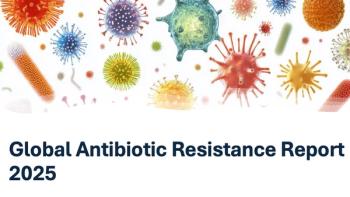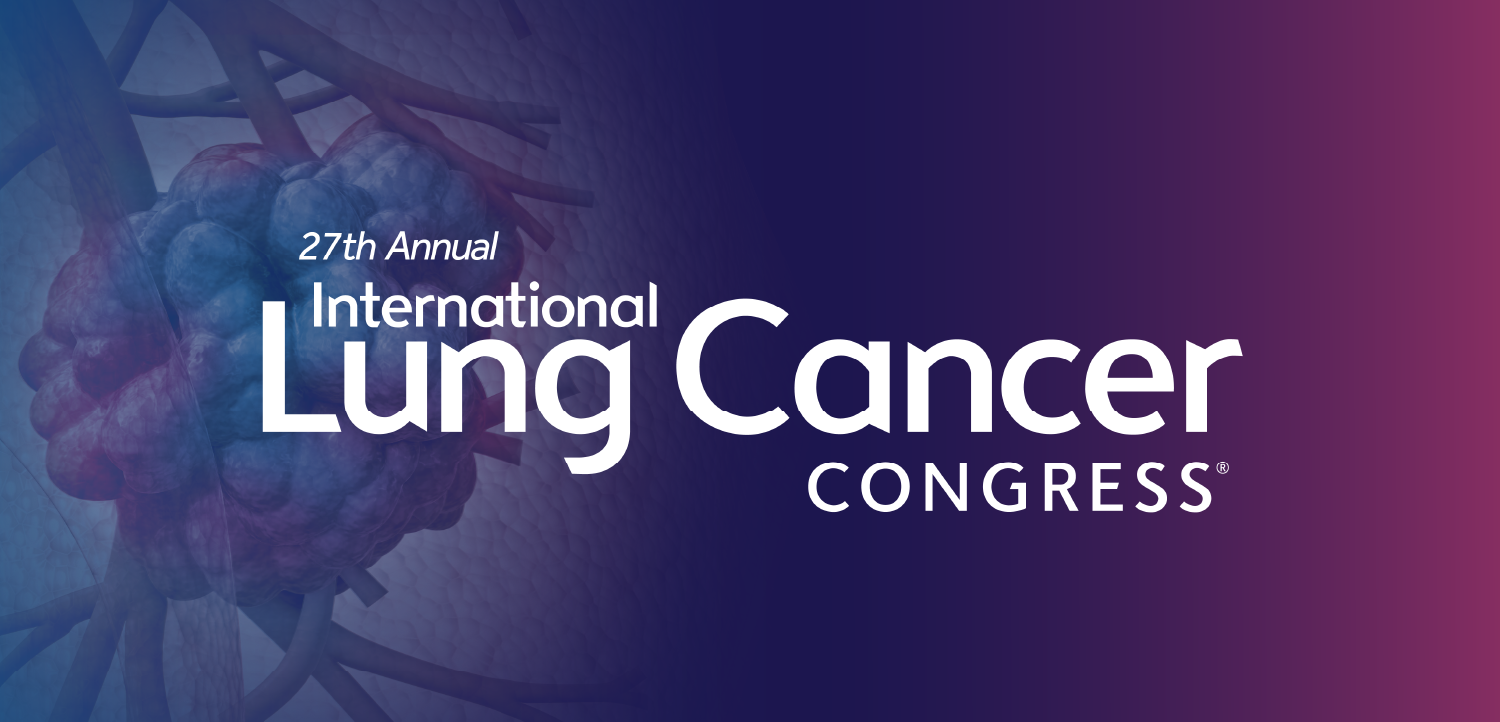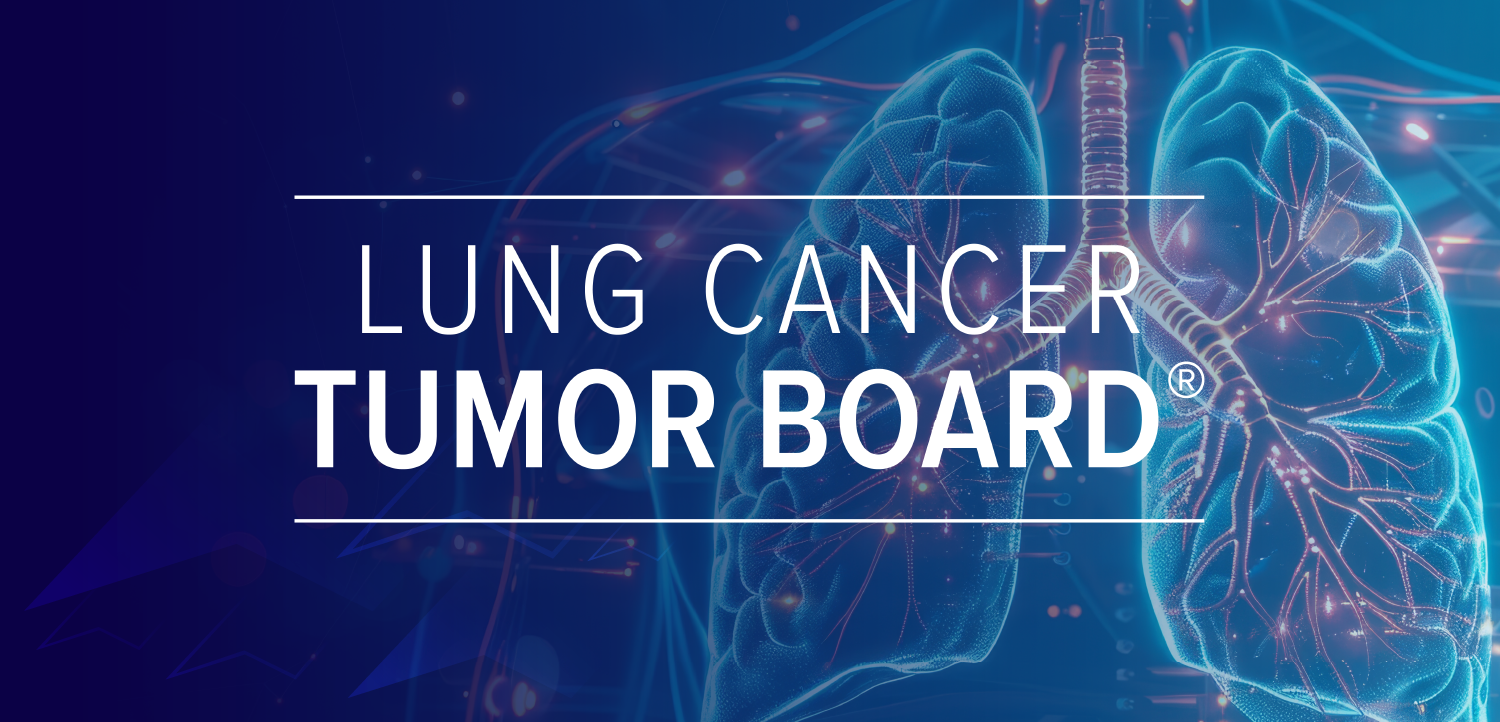
Adding MRI to Breast Cancer Screening: Some Benefits, Some Harms for Women With Extremely Dense Breasts, Study Finds
As supplemental screening for breast cancer becomes more common, the modeling study supplies long-term projections of how many deaths could be averted but also how many false-positive biopsy recommendations would be added.
While mammograms generally are excellent at detecting breast cancer and have saved hundreds of thousands of lives in the U.S. alone, they are not nearly as good at finding cancer in women with dense breasts. Yet many women are not aware of the difference, or even if their breasts are dense.
Over the last 15 years, 37 states have enacted laws requiring that women who undergo mammography receive written notification of breast density along with their results, enabling them to discuss with their doctor whether other scans should be ordered. Beginning Sept. 10, the FDA will require that all women getting mammography and their referring clinicians be notified that they have either dense or not dense breasts.
While most would agree that awareness is a good thing, all these policies have gotten ahead of the evidence about the benefits and risks of supplemental MRI screening for women with average cancer risk and dense breasts.
A
Corresponding author
Their specific findings: Compared with no screening, biennial DBT screening for all women starting at age 50 vs. age 40 averted 7.4 vs. 8.5 breast cancer deaths per 1,000 simulated women, led to 884 vs.1,392 false-positive recalls and 151 vs. 221 false-positive biopsy recommendations. Adding MRI for women with extremely dense breasts aged 50 to 74 to biennial DBT screening further increased deaths averted (to 7.6), false-positive recalls (to 919) and false-positive biopsy recommendations (to 180).
Extending supplemental MRI to women with heterogeneously or extremely dense breasts further increased deaths averted (8.0), false-positive recalls (1,088) and false-positive biopsy recommendations (343). Doing the same for these women starting at age 40 averted 9.5 deaths per 1,000 women but led to 1,850 false-positive recalls and 628 false-positive biopsy recommendations.
In an
The central assumption in this one is that the greater sensitivity seen with MRI leads to earlier breast cancer detection, which eventually reduces mortality. Although this is plausible, they wrote, no randomized trials have shown reduced mortality with supplemental MRI. The model also assumes 100% adherence to the screening strategy, equitable access to screening and receipt of optimal treatment, which “do not reflect realities of the U.S. health care delivery system, and specifically the experience of racially and ethnically diverse populations most at risk for poor outcomes,” they wrote.
Nevertheless, Richman and Battaglia said the study’s findings “are immediately useful for patient and clinician decision-making” in two ways. First, the researchers identified screening strategies that probably should be avoided. Mainly, the projections showed that annual (rather than every other year) screening with DBT plus MRI “would produce essentially no reduction in cumulative breast cancer deaths and would double the rate of false-positive screens, regardless of breast density category.” Second, despite the uncertainties inherent in modeling, the data provides “a sense of the absolute benefits and harms of MRI and can be a useful starting place for shared decision-making with patients,” wrote Richman and Battaglia.
Newsletter
Get the latest industry news, event updates, and more from Managed healthcare Executive.






















































